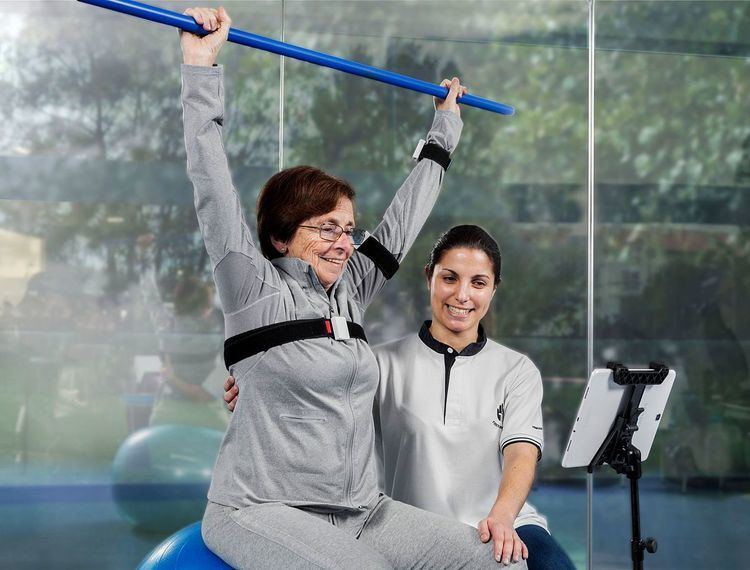 | ||
SWORD Health is a digital health startup operating in the field of physical therapy. Founded in 2013, SWORD aims to provide access to physical rehabilitation worldwide through the use of technology. In 2015, SWORD Health was recognized by the European Commission as one of the most innovative companies in Europe, which ensured a grant of almost one million euros, from the Horizon 2020 program for research and innovation, to further develop SWORD Phoenix, its medical technology solution.
Contents
SWORD Health has already established partnerships with several major rehabilitation institutions in Europe and in the US. In the latter, the company has partnered with Genesis Rehab Services, one of the largest rehabilitation chains in the US. As a result, SWORD Phoenix is already being piloted in several institutions in Portugal, China, US, Sweden and commercialized in EU as medical device with CE Marking.
Scientific and technical background
SWORD Phoenix Technology is based on digitizing patient motion through the use of inertial motion sensors. These have been used for ambulatory analysis of human motion, and high correlations with other clinically recognized human motion analysis systems have been reported. This reveals the ability of inertial sensors to be used for human motion quantification in detriment of other less practical systems.
Data provided by the inertial motion sensors is used to give biofeedback to the patient. Biofeedback has been used for more than fifty years in rehabilitation to facilitate normal movement patterns after injury. In this regard, inertial motion sensors have been used effectively to retrain balance, to modify movement and to monitor physical activity.
SWORD Phoenix
SWORD Phoenix is a system that allows a more efficient and cost-effective approach to rehabilitation. SWORD Phoenix is composed of three interconnected parts:
All the data acquired in each session is made available in the Phoenix Portal, allowing remote analysis of patient performance and progress. Based on this information, dynamic changes can be introduced in the prescription. Moreover, the clinical team is provided with an automatic measure of patient performance, allowing a day-to-day analysis of patient progress. This new approach to rehabilitation will reduce the dependence on human resources, as well as a more efficient distribution of workflow, increasing the efficiency of rehabilitation practice, allowing an increase in the transparency of the entire process and, therefore, increasing accountability.
